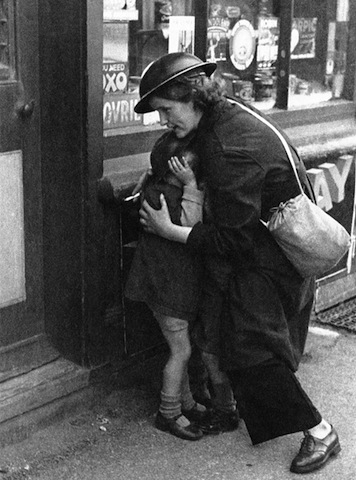More like a trove
I’ve updated my list of British newspapers online, 1901-1950 to reflect the new titles available in the British Newspaper Archive (BNA), a pay-site which was launched with some fanfare about a month ago. Although it has been digitised from (and in partnership with) the British Library’s newspapers collections, I must admit to not having paid […]




